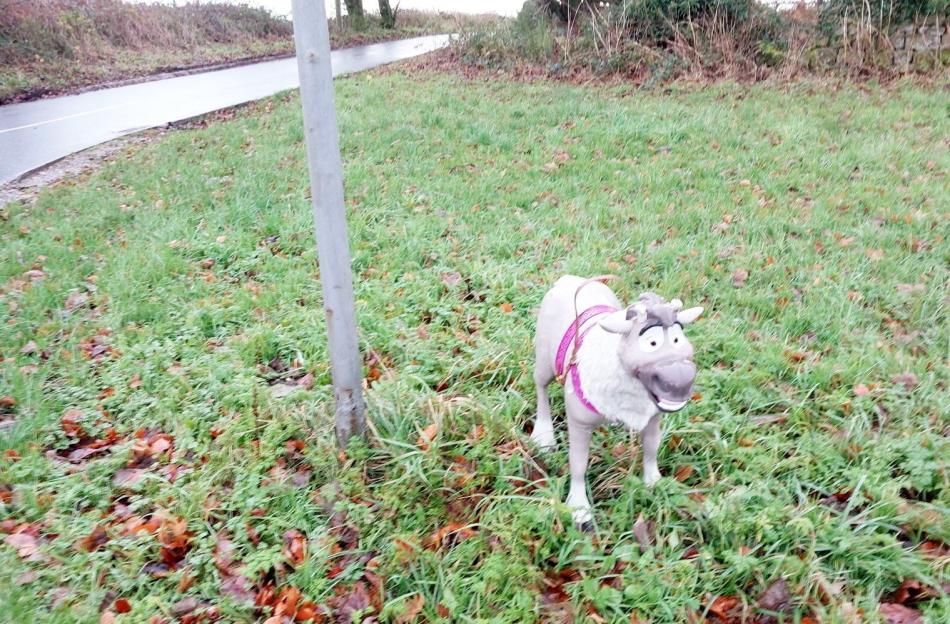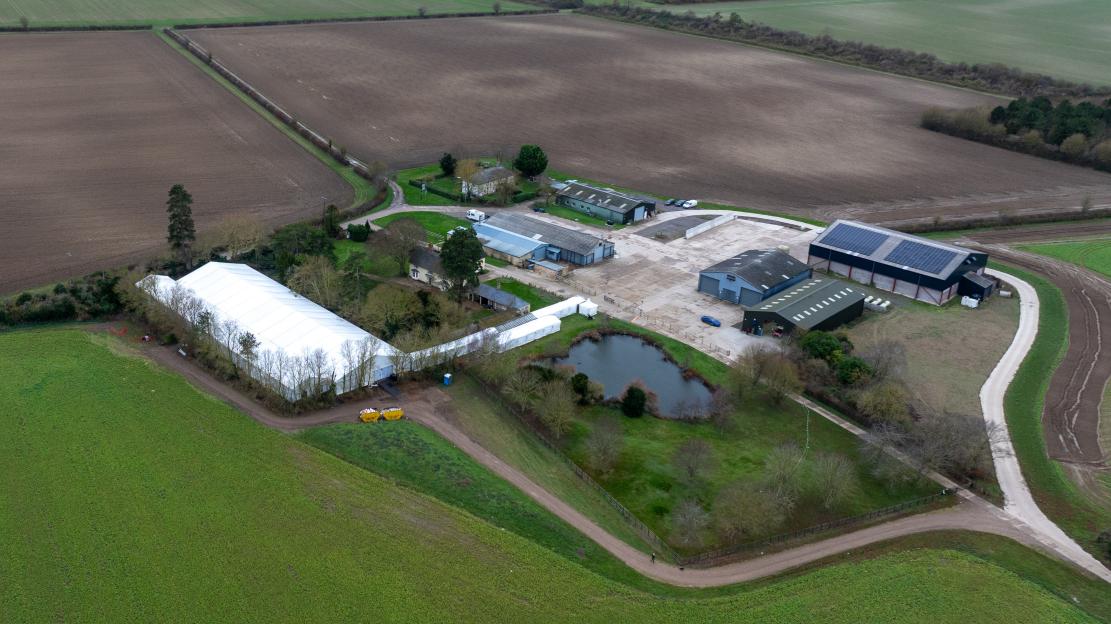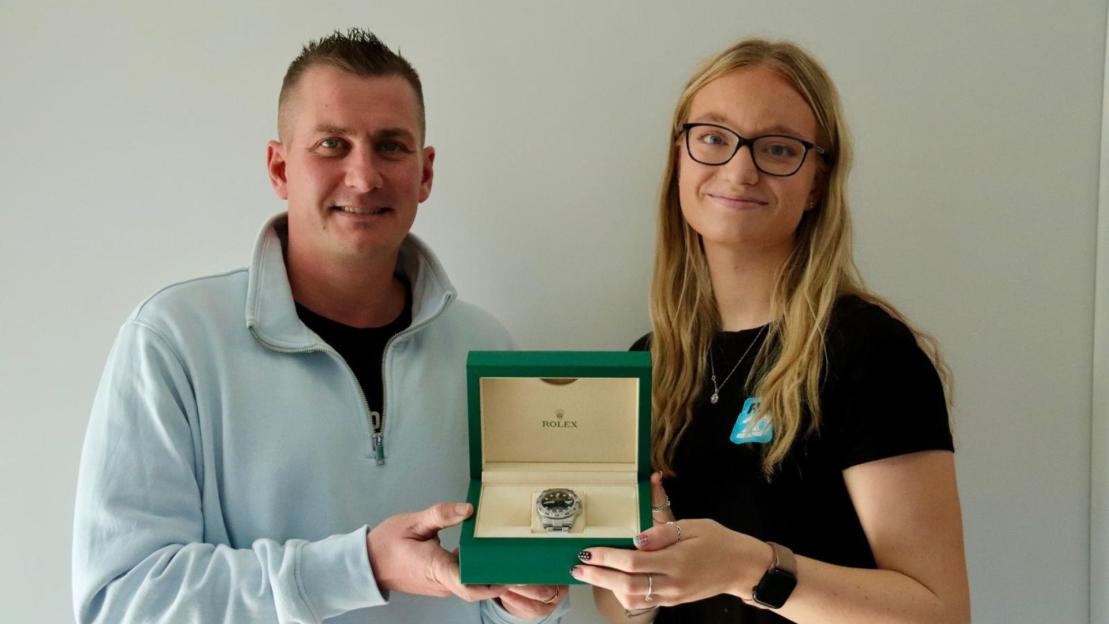AFTER the “Beast of Birkenhead”;; was acquitted earlier this week, we’re taking a look back at some of the worst miscarriages of justice in British history.
Earlier this week a man accused of beating a florist to death was cleared by DNA evidence, after nearly 40 years in prison.
 Peter Sullivan spent 38 years in prison after being wrongfully convicted
Peter Sullivan spent 38 years in prison after being wrongfully convictedPeter Sullivan, who was dubbed the “Beast of Birkenhead”;;, was arrested and imprisoned for the 1986 murder of 21-year-old Dianne Sindall in Bebington, Merseyside.
His following a review at the Court of Appeal.
Sullivan has spent 38 years in prison maintaining his innocence following his 1987 jail sentence â the .
A new murder investigation has been launched to find Diane’s killer.
Diane had left her shift as a part-time barmaid at a pub in Bebington when her van ran out of petrol.
On her way to a garage, she was beaten to death and sexually assaulted in a “frenzied attack”;;.
Her body was found partially clothed on August 2 in an alleyway.
In the recent court hearing, Sullivan said: “I lost my liberty four decades ago over a crime I did not commit.
“What happened to me was very wrong but does not detract that what happened ... was a heinous and most terrible loss of life.
“The truth shall set you free.”;;
Sullivan’s after new tests ordered by the Criminal Cases Review showed that his DNA was not found on samples preserved at the time.
The Crown Prosecution Service told the Court of Appeal that the new evidence was enough to cast “sufficient”;; doubt on the conviction.
Though rare, wrongful convictions are not entirely unusual, with several notable examples in British legal history.
Here are some of the most famous cases:
Andrew Malkinson
 Andrew Malkinson was imprisoned for 17 years for a rape he didn’t commit
Andrew Malkinson was imprisoned for 17 years for a rape he didn’t commit, 57, spent 17 years in prison after being wrongfully convicted of raping a woman in in 2003.
A report found that he could have been exonerated almost a decade earlier.
DNA evidence that eventually led to his conviction being overturned had been available since 2007, but the Criminal Cases Review Commission had ignored it.
During Andrew’s in 2019 and 2018, the CCRC refused to order more forensic testing â the evidence that later proved Andrew’s innocence.
Instead, Appeal had to obtain the new evidence that led to Andrew being freed, as Andrew urged the CCRC team to resign.
Andrew was released in 2020 for good behaviour and had his conviction quashed in 2023, nearly 20 years after he had first been convicted.
As a result of Andrew’s mistreatment, the government changed a rule that had meant prison living costs were deducted from compensation.
Shirley and Lynette Banfield
 Shirley and Lynne Banfield were convicted of murder, despite no body being found
Shirley and Lynne Banfield were convicted of murder, despite no body being foundDubbed ‘the lady killers’ , mother and daughter Shirley and Lynette Banfield were convicted of killing retired bookmaker Don Banfield (Shirley’s husband and Lynette’s father).
Don was last seen in 2001, with his wife and daughter being convicted of his murder in 2012.
Prosecutors believed the pair had been motivated by money as after completing the £179,000 sale of his home in May 2001 he was never seen again.
However, during an appeal their lawyer argued that Don, a known gambler and womaniser, could have been among the 2000 people who .
Their acquittal came after the judge agreed that there was insufficient evidence of murder, with no body, no suggested mechanism of death, and no indication of a date he had been killed.
Their conviction was quashed, and no retrial was ordered.
Sam Hallam
 Sam Hallam is yet to receive compensation for seven years of wrongful imprisonment
Sam Hallam is yet to receive compensation for seven years of wrongful imprisonmentSam Hallam was imprisoned at 17, convicted of a murder he did not commit, and spent seven years in prison before finally being released.
He was convicted of the murder of Essayas Kassahun, a 21-year-old trainee chef, in an East London street brawl he was not even present at in 2004.
The attack was an act of revenge by the Hoxton Biker Boys against another group of youths.
Witnesses just wanted someone to blame and Hallam became an easy target.
After the believed he had given a fake alibi, he was charged and held at Feltham young offender institution for a year.
A month after losing his father to suicide, a new investigation by Thames Valley Police looked at information on Sam’s phone â something Metropolitan police had never done.
They found photos of Sam with family the day of the murder, as well as no evidence to suggest he had any contact with his co-defendants outside of one isolated incident.
His conviction was finally quashed in 2012, but Sam still has not received compensation despite multiple appeals, amid his struggles to readapt to life outside of prison.
Angela Cannings
 Angela Cannings was imprisoned based on inaccurate testimony
Angela Cannings was imprisoned based on inaccurate testimonyAngela Canning was one of several women who were wrongfully imprisoned following evidence given by Professor Meadow .
She was given a life sentence in April 2002 after her two baby sons died, one in 1991 and another in 1999 which she attributed to .
Meadow had told the court that the chance of two cot deaths in one affluent family was one in 73 million.
The paediatrician was later struck off by the General Medical Council over his misuse of statistics before being reinstated by a court appeal.
An investigation found that there had been three cot deaths in the family â including her first born Gemma in 1989 â suggesting a genetic cause.
She was released in December 2003 after the Court of Appeal overruled the conviction, and was later awarded an undisclosed “six figure”;; compensatory payment.
Barry George
 Barry George spent six years in prison for a still-unsolved murder
Barry George spent six years in prison for a still-unsolved murderIn a still-unsolved case, BBC presenter was shot and killed on her doorstep in April 1999.
Barry lived nearby in Fulham and had previously been in trouble with police after impersonating celebrities like Gary Glitter, and receiving a prison sentence for an attempted rape in 1983.
He received a life sentence for in May 2001 and was sentenced to life.
In 2007 his conviction was overturned after his legal team argued that his mental disabilities, which included several personality disorders, Asperger’s Syndrome and ADHD, meant he wasn’t capable of committing the crime.
During a 2008 retrial, he was acquitted and released.
Barry said in an ITV documentary: “I find it sad that they done what they’ve done to me and that they didn’t have no sound evidence.
“The truth of the real killer is somewhere out there.”;;
Stefan Kiszko
 Stefan Kiszko spent 16 years in prison in the ‘worst miscarriage of justice in UK history’
Stefan Kiszko spent 16 years in prison in the ‘worst miscarriage of justice in UK history’has been called the worst miscarriage of justice in UK legal history after he spent 16 years in prison for a murder he didn’t commit.
He was arrested in 1975 for the murder of Lesley Molseed, a British schoolgirl who disappeared near Rochdale on October 5, 1975.
Stefan wrote a confession to the crime which was the basis for his 1976 conviction with a life sentence, however, this confession was made without a lawyer present and was later retracted.
His mother campaigned for his innocence and with the help of the human rights organisation Justice, brought the case back to court in 1992.
Two years later Stefan was released thanks to a sample from Lesley’s clothing that showed the man who raped and killed her had a sperm count and could father a child â which Kiszko could not as he had a hypogonadal diagnosis.
Although evidence of Kiszko’s zero sperm count had been collected after his arrest, this was never shown in court.
After his release, police arrested , a comic book dealer whose DNA matched the sample on Lesley’s body â he was sentenced to life in prison in November 2007.
Stefan sadly died within 12 months of his release, aged just 41.
Donna Anthony
 Donna Anthony has struggled to rebuild her life after spending 7 years in prison
Donna Anthony has struggled to rebuild her life after spending 7 years in prisonLike Angela, Donna Anthony was convicted of the murder of her two young children, based largely on evidence given by Professor Meadow.
Her children, 11-month-old Jordan and four-month-old Michael, had died within a year of each other in 1996 and 1997 respectively.
In 1998 she was convicted and sentenced to life imprisonment based on the argument that she had smothered her son to get sympathy from her estranged husband.
After an unsuccessful appeal in 2000, Donna’s case was referred to the CCRC following the overturning of Angela Canning’s conviction.
She was the third woman to have her conviction overturned after Meadow’s testimony was discredited and she was released in April 2005.
She received £226,000 in compensation and has spent the last few years trying to rebuild her life.
Rebecca Leighton
 Rebecca Leighton was held in prison after being blamed for another’s crimes
Rebecca Leighton was held in prison after being blamed for another’s crimesspent six weeks in prison after being blamed for fellow nurse killing spree.
She was arrested in July 2011 after patients at Stepping Hill Hospital in Stockport, Manchester had been suffering unexpected hypoglycaemic attacks.
While she was never convicted for the crimes, the six weeks Rebecca spent in prison had a significant impact.
She told The Mirror : “It was such a horrific time.
“I was wrongly caught up in it, chewed up and spat out.”;;
Chua was later found guilty of two murders and 31 charges relating to the poisoning of patients.
Sally Clark
 Sally Clark was also convicted with inaccurate testimony in a landmark case
Sally Clark was also convicted with inaccurate testimony in a landmark casespent three years in prison after being convicted of killing her two infant sons at Chester Crown Court.
Lawyers argued that she had smothered 11-week-old Christopher in 1996 and shook eight-week-old Harry to death in 1998, both of whom she argued were cot death victims.
After being convicted in 1999, Sally’s in January 2003 following the revelation that the prosecutor’s forensic pathologist had failed to disclose evidence that suggested her younger son had died of natural causes.
The paediatrician Sir Roy Meadow also testified at Clark’s trial with evidence that was used in all of the aforementioned cot death trials.
As a result of her conviction being overturned, the Attorney General Lord Goldsmith ordered a review of hundreds of other cases, leading two other women to be released.
Sally died in 2007 following years of mental turmoil after her imprisonment, with an inquest ruling that she died of acute alcohol intoxication.








